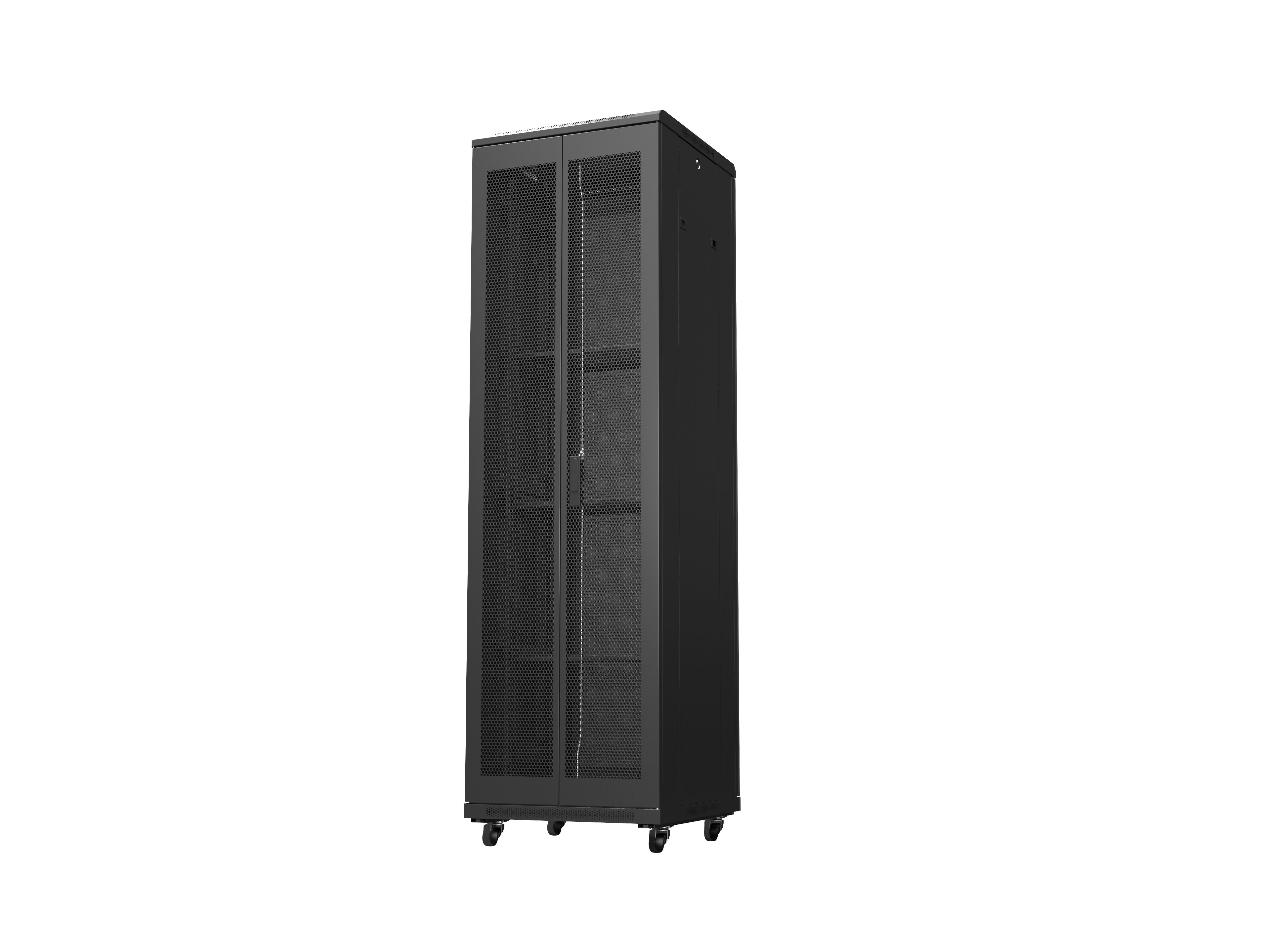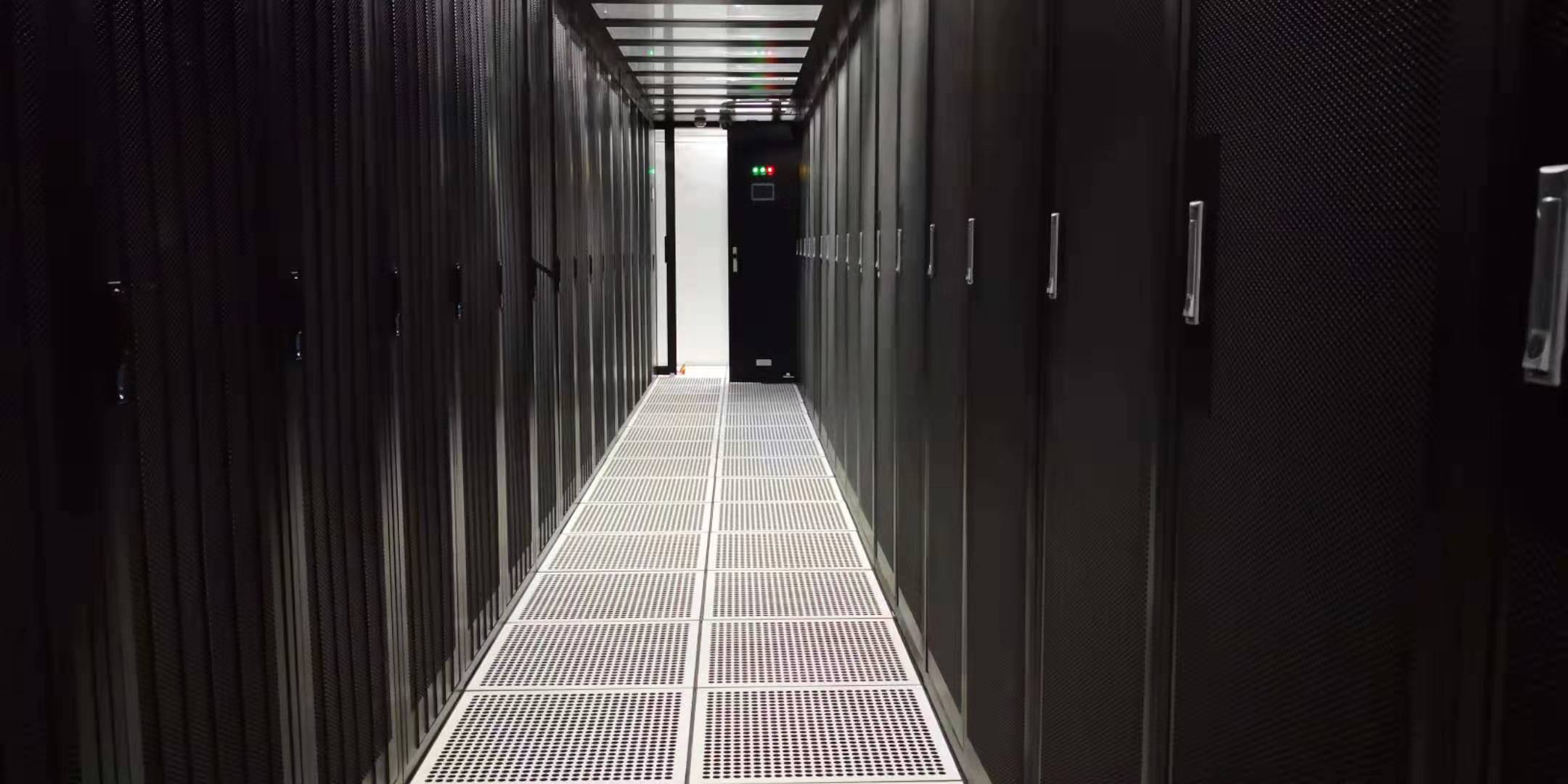Cabinet heat dissipation should meet the following requirements:
1.The cabinets in the lower air supply room should meet the following heat dissipation requirements:
1) The cabinet should comply with the downward airflow pattern, the bottom of the cabinet should be fully open, and should have the ability to adjust the air volume;
2) Depending on the power of the cabinet, multiple sets of low-noise, long-life fans should be installed on the top of the cabinet. The fan power supply should have separate overload, overheating protection and control switches; and a fan operating status monitoring interface can be configured;
3) The distance between the data equipment in the cabinet and the front and rear panels of the cabinet should not be less than 100mm;
4) The cabinet shelves should be conducive to ventilation. Multiple devices that generate large amounts of heat should not be stacked on the same shelf. The distance between the lowest shelf and the bottom of the cabinet should not be less than 150mm;
5) It is advisable to use less whole boards. It is recommended to use strip-shaped fixed brackets (or guide rails) to facilitate upper and lower ventilation and heat dissipation.

2.The cabinets in the upper air supply room should meet the following heat dissipation requirements:
1) The cabinet should comply with the upward airflow pattern. It should be an open-frame cabinet with no cabinet doors on the front and rear or install a grid-shaped cabinet door. The equivalent diameter of the grid should not be less than 10mm, and the ventilation area ratio should not be less than 70%;
2) The cabinet shelves should be conducive to ventilation, and multiple data devices that generate large amounts of heat should not be stacked on the same shelf.










 Home
Home